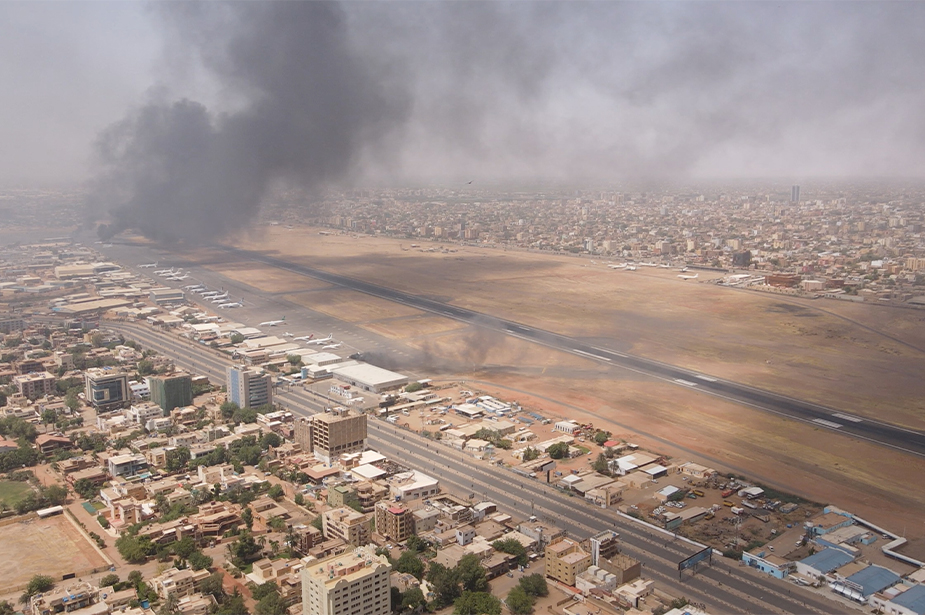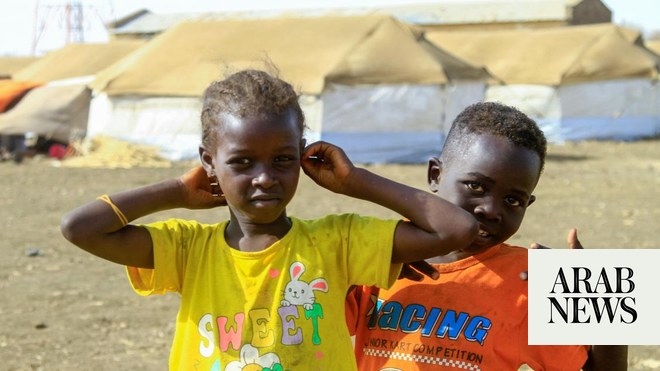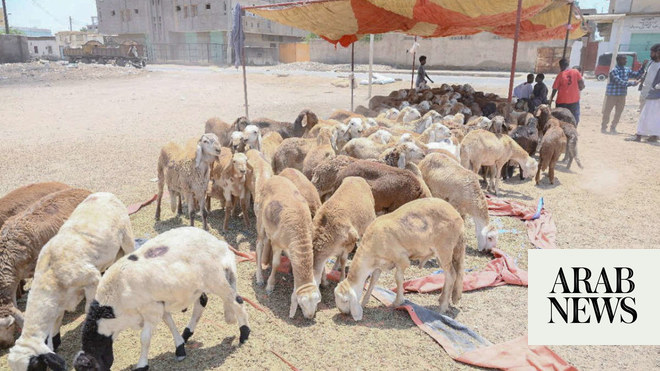
Fewer than 30 percent of hospitals remain functional
Its two main oncology centers — in the capital Khartoum and just south in Wad Madani — have closed
Gedaref: Doctors in eastern Sudan say Mohammed Al-Juneid’s wife, displaced and diagnosed with cancer, needs treatment elsewhere in the war-torn country. But the road is long and dangerous, and the journey expensive.
“Even if we make it to Meroe in the north, who knows how long we’ll have to wait until it’s her turn,” the 65-year-old told AFP in Gedaref, where he and his wife have sought safety from the country’s raging war.
Since April 2023, fighting between the army and the paramilitary Rapid Support Forces has shattered Sudan’s already fragile health care system.
Fewer than 30 percent of hospitals remain functional, “and even so at a minimal level,” according to the World Health Organization (WHO).
For tens of thousands of patients with chronic illnesses, that has meant embarking on long, dangerous odysseys across front lines, often just to reach an overwhelmed and under-equipped health care facility.
Many have flocked to Gedaref in the east, where more than half a million people fled to escape the fighting.
In its single oncology facility — one of the country’s last — women draped in colorful traditional veils lie on beds, chemotherapy needles in their arms.
Among them is Juneid’s wife, who used to undergo radiation therapy at Wad Madani hospital in central Sudan before “it closed because of the war,” her husband said.
“Now the doctors say she needs radiation again, which is only available at Meroe hospital” — a 900-kilometer (560-mile) drive that is actually far longer if you want to avoid the fighters on the way.
The couple found a driver who agreed to take them on the bumpy, checkpoint-marked road. He would do it for $4,000 — a small fortune that Juneid cannot afford.
Lying on a nearby bed, schoolteacher Fatheya Mohammed said her cancer had become more aggressive “since the war began.”
“They give me chemo injections here,” she told AFP. But at bare minimum, she needs CT scans that are “only available in Kassala,” 200 kilometers (125 miles) to the northeast.
That might as well be half a world away. Over the past year, Mohammed has received only three months of her government salary, and can’t afford to go anywhere.
Sudan, one of the world’s poorest countries even before the war, already had an under-funded and overwhelmed health care system before the war dealt the final blow.
Its two main oncology centers — in the capital Khartoum and just south in Wad Madani — have closed.
Smaller facilities, like the 27-bed East Oncology Hospital in Gedaref, have been overwhelmed by the influx.
In 2023 “we took in around 900 new patients,” the center’s director Motassem Mursi told AFP — up from their annual patient load of “around 300 to 400.”
In the first three months of 2024 alone “we’ve taken in 366 patients,” he said.
Of Sudan’s 15 oncology centers, only the one in Meroe still offers radiation therapy, an October article published in the online medical journal ecancermedicalscience confirmed.
The costs associated with treatment, transportation and accommodation are out of reach for many, “forcing them to confront their impending death without proper care,” wrote the authors, four doctors in Sudanese and Canadian hospitals.
“The limited access to oncology services during the current war endangers the lives of more than 40,000 Sudanese cancer patients,” they concluded.
Even if terminal patients were to accept their fate — at the hands of both disease and the war’s devastation — there is no respite from their daily physical agony.
Dire shortages of medicines, including painkillers, mean patients must “endure excruciating pain without recourse,” the authors wrote.
According to the WHO, “about 65 percent of the Sudanese population lack access to health care” entirely, in a country where upwards of 10 million people have been forced to flee their homes.
Shuttered hospitals and dire shortages place a “significant strain on and risks overwhelming the remaining facilities due to the influx of people seeking care,” the WHO has warned.
In Meroe, the last hope for patients in need of radiation treatment, the nightmare has come true.
“We have two radiation machines that work 24 hours a day,” a doctor at the Eldaman Oncology Center told AFP over the phone, requesting anonymity because he was not authorized to speak to the media.
“If one of them goes down, even just for maintenance, it causes an even bigger backlog of patients,” he said, exhaustion clear in his voice.












